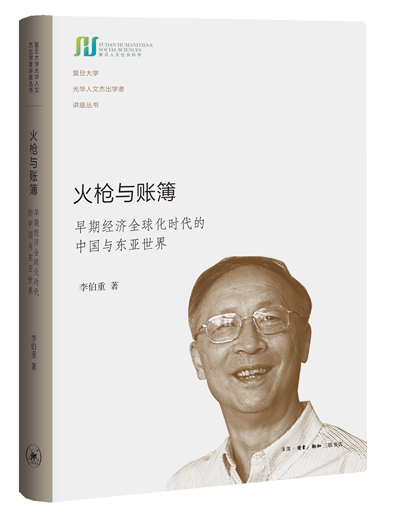China and East Asia in early economic globalization

Guns and Account Books
Author: Li Bozhong
Publisher: SDX Joint Publishing Company
Guns and Account Books elaborates on the history from the end of the 15th century to the 17th century. The phase witnessed the emergence and rapid development of economic globalization, namely the era of early economic globalization. Li Bozhong characterized the era as “guns and account books.” “Guns” refers to the new type of violence caused by military revolution, while “account books” symbolizes a positive pursuit of commercial interests. The emergence and development of early economic globalization disordered the East Asian world, leading to unprecedented changes. At this historic crossroads, China failed to seize the opportunity and had to wait two centuries before resuming the modernization process in the new international revolution.
Globalization is one of the most important issues in international social science research. Most historians used “states” as research units throughout the 19th and 20th centuries. However, Li regards “social spaces” rather than “states” as the basic unit of history. Also, Li is concerned about the large-scale, long-term overall movement, and values the relationship connecting human activities and social structure. At the same time, he outlines the differences between traditional perspectives of China’s foreign relations and the global history perspective. The traditional history of China’s foreign relations focuses on China and the West, emphasizing the one-way relationship. In the early period, it looks at China’s attitude toward the West. From the 16th on century it looks at the view of the West toward China. Seen from a global history perspective, these views are problematic. The relationships between China and the West have been “two-way” and indirect rather than “one-way” and direct for most of the period since 1500. Although the exchanges were primarily between the East and the West, the actual process of interaction was worldwide.
The book discusses the historical process from three aspects: world trade, military revolution in early economic globalization, and reshuffle of the cultural circle. From an economic point of view, although the Silk Road was one of the most important international trade routes, Li held that its economic significance should not be exaggerated. Before the 15th century, there was no close economic connection between the major regions of the world until the great maritime era brought world history into a new stage. Li analyzed the role of China in this globalized story from three aspects: commodities, businessmen and silver, with solid data. In terms of military reform, he also refuted the point of view that China ceased developing after its invention of firearms. Before the 16th century, Western Europe and China were advanced in different fields, and China had not yet lagged behind. The expansion and deepening of the four major cultural circles of Islam, Buddhism, Christianity and Confucianism reshuffled the cultural landscape of East Asia. In this process, there was military conquest, cultural transmission as well as commercial expansion. Li did not ignore the general trend of the historical background, nor focus on criticizing the established views, but only clarified issues through a large amount of raw data and data analysis.
